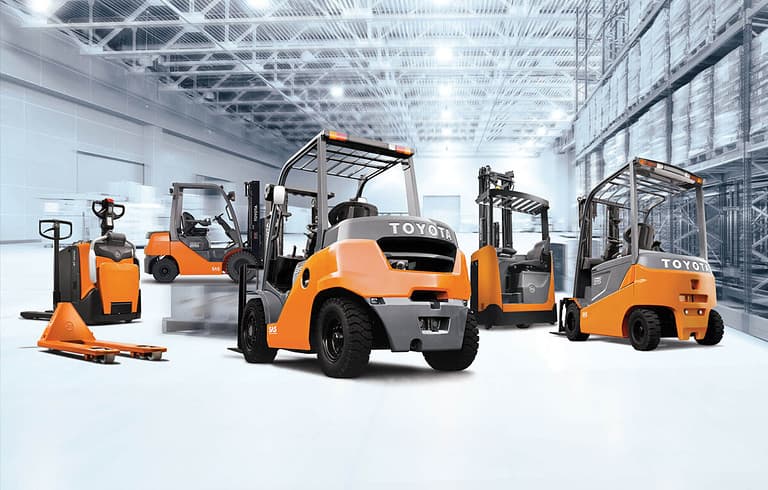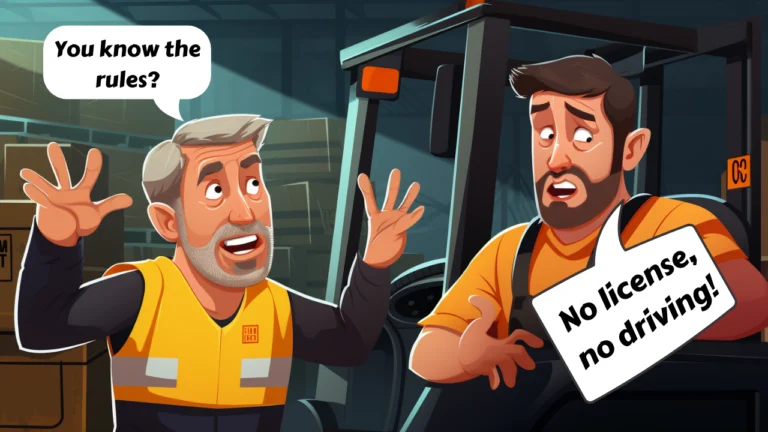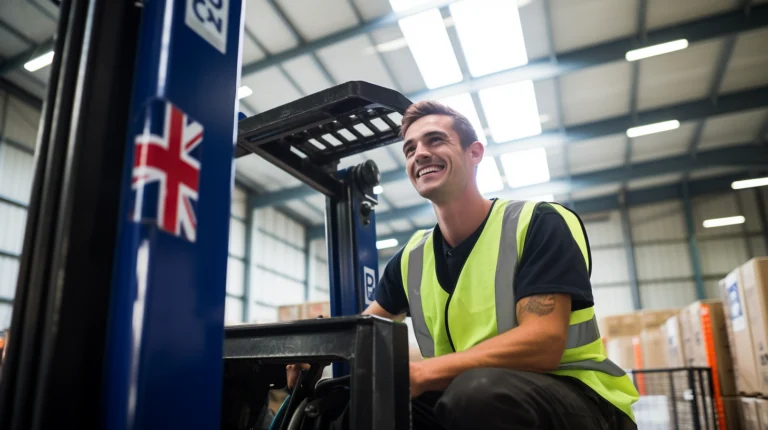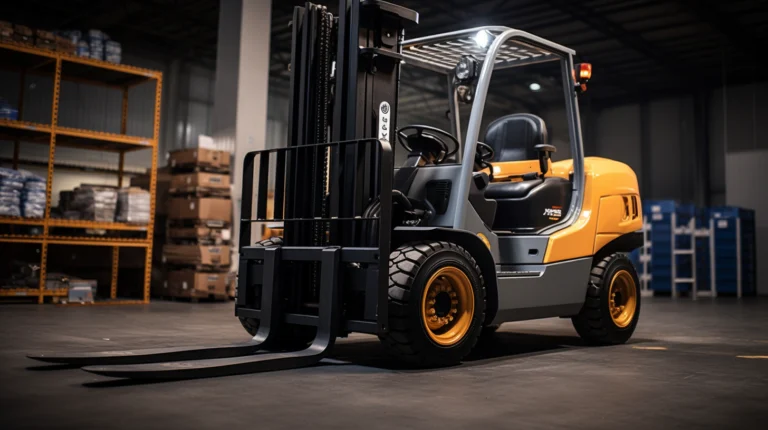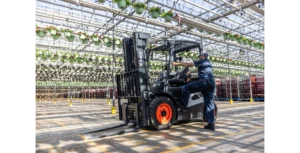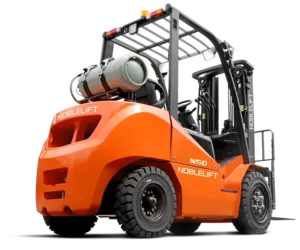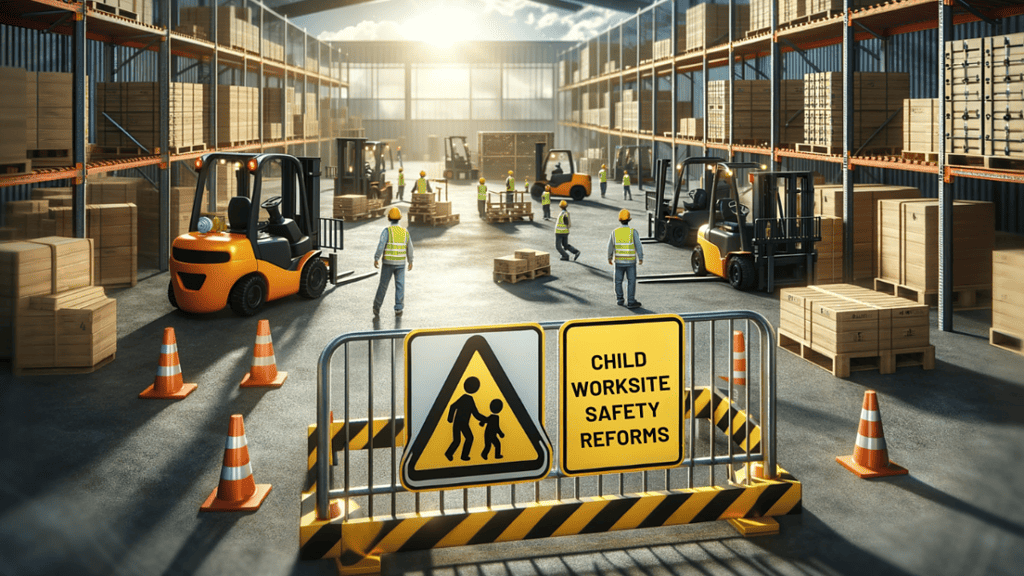
A heartbreaking incident recently occurred at a Hawke’s Bay orchard, New Zealand, sparking a nationwide outcry for child worksite safety reforms. In this tragic event, a 5-year-old boy was struck by a poorly maintained forklift, which was being operated by an underage 14-year-old worker.
The boy, who had been brought to the worksite by his grandparents due to a lack of childcare options, wandered from the packhouse and was severely injured when the reversing forklift ran over him. He suffered serious fractures and had to be hospitalized for a month.
This traumatic event highlights alarming deficiencies in health and safety practices at the orchard. It serves as a sober reminder that worksites can pose unacceptable dangers to children if vigilance around risks lapses. The incident underscores the urgent need for sweeping actions across multiple fronts to prevent such tragedies.
Gross Negligence by the Orchard Management
The orchard owner, Kylie and Simon Halford Partnership, pleaded guilty to a WorkSafe charge of failing to meet its duty of care by allowing exposure of an individual to harm risk. The company received a paltry $7,000 fine and had to pay $25,000 to the victim’s family, the maximum penalties the business could afford.
However, the monetary sum does little to address the underlying safety issues. WorkSafe’s investigation found negligence on multiple fronts by the orchard’s management. Their health and safety plan was primarily verbal without written protocols. The forklift itself was poorly maintained with no basic warning systems, lights or horns to prevent backing accidents.
In addition, employing underage workers to operate heavy machinery shows an egregious failure around compliance. The management admitted that they did little to verify ages and allowed the routine practice of this 14-year-old driving the forklift despite being well below the legal minimum age. They also lacked designated child safety zones and had no traffic management plan.
This negligence highlights a critical gap that child worksite safety reforms aim to address, ensuring such oversights are not repeated and the safety of young workers is prioritized.
The Insufficiency of Current Regulations
While the company deserved censure, the meager fines indicate the inadequacy of current regulations to incentivize meaningful safety investments and culture change. Small businesses often plead inability to pay, resulting in minor slap-on-wrist penalties even for serious violations.
Many worksites also exploit language barriers amongst more vulnerable demographic groups to avoid properly communicating safety protocols. Improvements to enforce active translation of materials and verification of comprehension are sorely needed.
The inadequacy of the fines levied against the orchard illustrates the urgent need for more stringent child worksite safety reforms to enforce stronger safety measures and penalties.
Preventing Child Access to Danger Zones
WorkSafeInvestigators stressed that keeping unattended children off hazardous worksites should be non-negotiable. Given young children’s tendency to wander and explore without recognizing dangers, it is the responsibility of owners to proactively identify and secure access to risk areas.
Yet current standards fail to adequately collar high-risk zones on many worksites. In addition to physical barricades, staff must receive extensive training to remain vigilant and immediately report unsupervised children instead of assuming others will handle it. Verbal-only safety plans are never sufficient when child injuries can occur in seconds.
Enforcing strict child-free zones in hazardous work areas is a crucial aspect of the proposed child worksite safety reforms, aimed at mitigating such risks to minors.
Cultural Shifts Around Prioritizing Safety
Regulatory changes can only accomplish so much without accompanying cultural shifts in workplace attitudes. Business leaders must empower and encourage all staff to voice concerns, move away from bare minimum compliance checks towards a proactive approach that addresses issues preemptively. Safety should be the first consideration rather than an afterthought.
A cultural shift, anchored in comprehensive child worksite safety reforms, is essential to transition from minimal compliance to proactive safety measures.
Worksites also require management-wide accountability and commitment to guarantee child safety. Delegating hazard oversight to select staff leaves gaps for accidents like this forklift incident. Regular self-audits, external inspections and upgrading standards are also essential for preventing complacency.
Nationwide Momentum for Child Protection Reforms
Tackling this complex issue demands coordination across government, businesses and local communities. Expanding access to affordable childcare is key so families do not resort to bringing children into potentially dangerous work environments. Schools, nonprofits and civic organizations also require funding boosts for child supervision resources, afterschool programs and injury prevention outreach.
The nationwide push for child worksite safety reforms is a clear indication of the collective responsibility we bear to safeguard our children in work environments.
Through collaborative action from all societal stakeholders, impactful reforms around youth safety can emerge – because no child should have to suffer traumatic injuries due to easily correctable oversights. We all have an obligation to remain vigilant when young lives are at stake.
Conclusion: A Catalyst for Child Worksite Safety Reforms
The tragic forklift incident at Hawke’s Bay is a dire call for immediate child worksite safety reforms. It’s a poignant reminder that our children’s safety on worksites cannot be an afterthought.
This moment must mark a turning point in how we protect young lives in work environments, demanding swift and decisive action from all sectors. Let’s honor this tragedy by committing to a safer future for our children, where such incidents are not just rare, but unthinkable.


